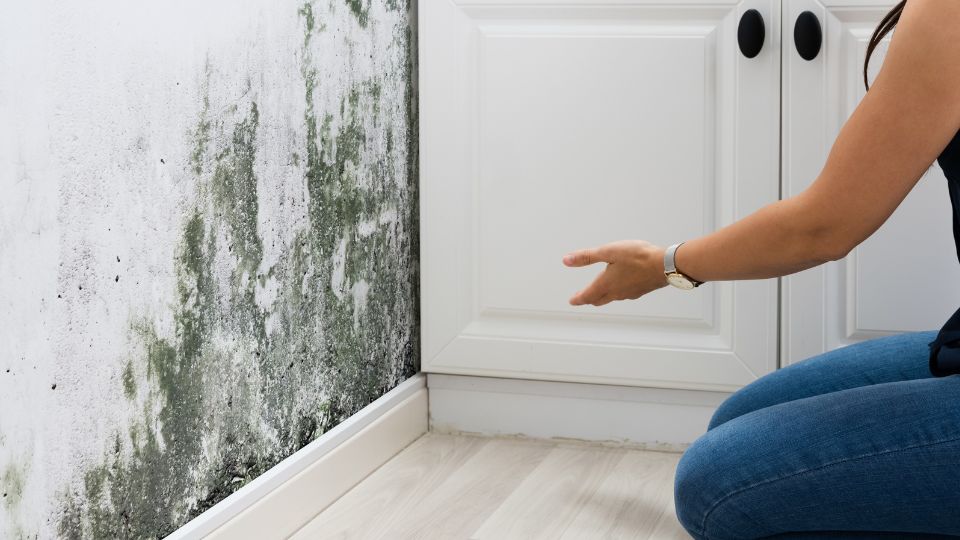Mold is a fungus that can grow almost anywhere there is moisture and organic material. It thrives in humid environments and can cause health problems in people exposed to it.
CDC reports that mold exposure can cause various respiratory problems, including coughing, wheezing, and difficulty breathing. It will cause skin irritation and allergic reactions.
Mold spores are tiny and can be carried by the wind or water so that they can spread quickly. Many believe mold dies when it dries out, but that is not the case. Mold can survive in both dry and wet conditions.
Read on to understand mold and how to prevent it from growing in your home.
How Does Mold Grow in Homes?
Mold typically enters homes through open doors, windows, or vents. Once inside, it can quickly begin to grow and spread. Mold loves damp, dark, and humid environments, so bathrooms, basements, and laundry rooms are often ideal spots for mold growth. Leaky pipes or roofs can also create the perfect conditions for mold to thrive.
When the indoor humidity levels are high, mold can grow on various surfaces, including wood, carpet, paper, and food. Mold can also grow on dust, lint, or fabric fibers.
What Happens When Mold Spores Lack Moisture?
Mold spores need moisture to grow and multiply, but they can remain dormant for years without it. When mold spores land on a moist surface, they begin to reproduce. The new mold colony then produces more spores carried away by the wind or water droplets to start new colonies elsewhere.
So what happens when mold spores are deprived of moisture? They don’t die, but they do become inactive. If the conditions that caused the mold growth in the first place are no longer present, the spores will remain dormant until they once again come into contact with water or high humidity.
Some mold spores are more resistant to drying out than others, which is why mold can often return after removal. It’s essential to address the underlying moisture problem to prevent mold from returning.
Read more: 10 Facts About Mold People Did Not Know.
Is Completely Dried Mold Safe?
Once the mold is completely dried, they become light in weight and fragile. They can spread through the air very quickly. It can easily contaminate other areas and items.
For example, black mold is a type of mold that can release toxins called mycotoxins. These toxins can cause serious health problems in humans, especially in young children and the elderly.
Expert Methods for Mold Removal
Insulate the area: One of the most important things you can do to prevent mold is to insulate your home. It will help to keep moisture out and prevent condensation from building up.
Use a dehumidifier: By keeping the air in your home dry, you can also prevent mold from growing. Dehumidifiers help to remove moisture from the air, which can then be drained away.
Keep the area clean: mold loves to grow in dark, damp, and cluttered areas. So by keeping a home clean and free of clutter, you can help to prevent mold from growing.
Contact Mold-B-Gone for expert mold removal service in Atlanta. “We are experts in mold remediation and will ensure your home is mold-free. For more information on mold, read our blog:- 7 Types of Mold You Might Encounter in Your House.

